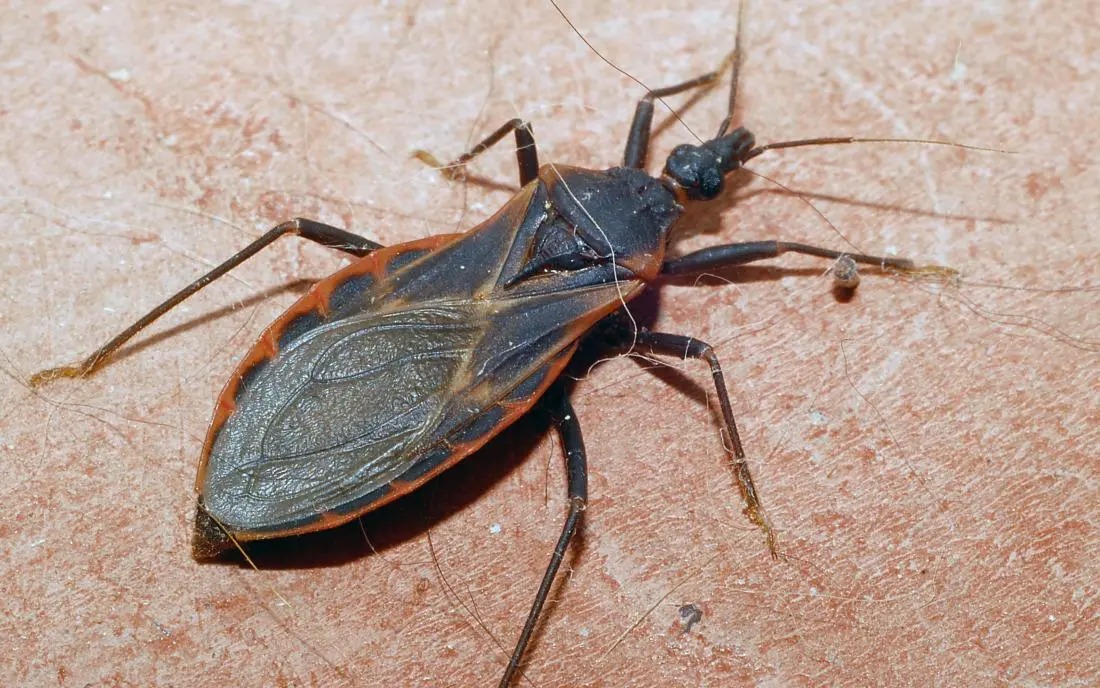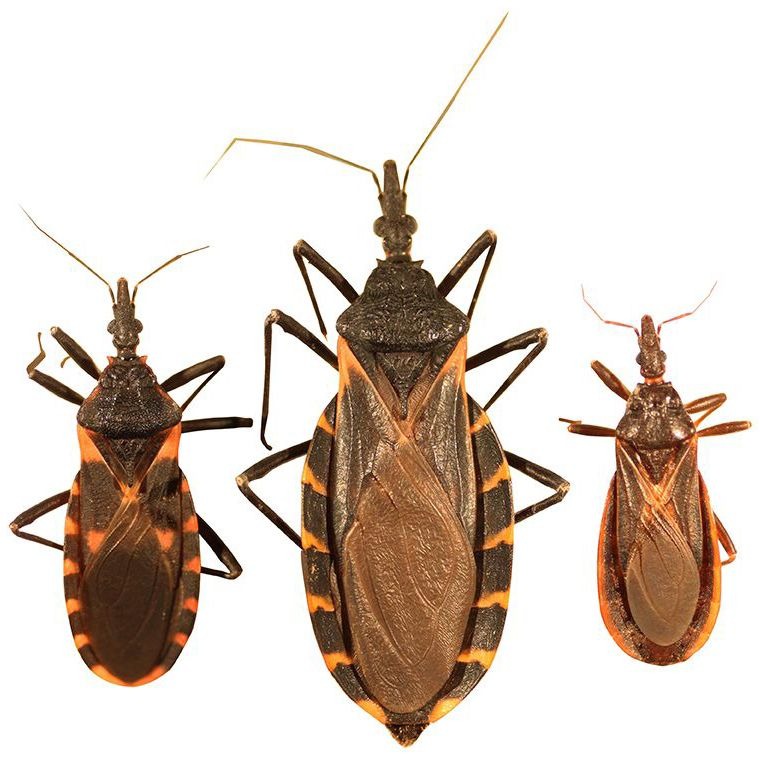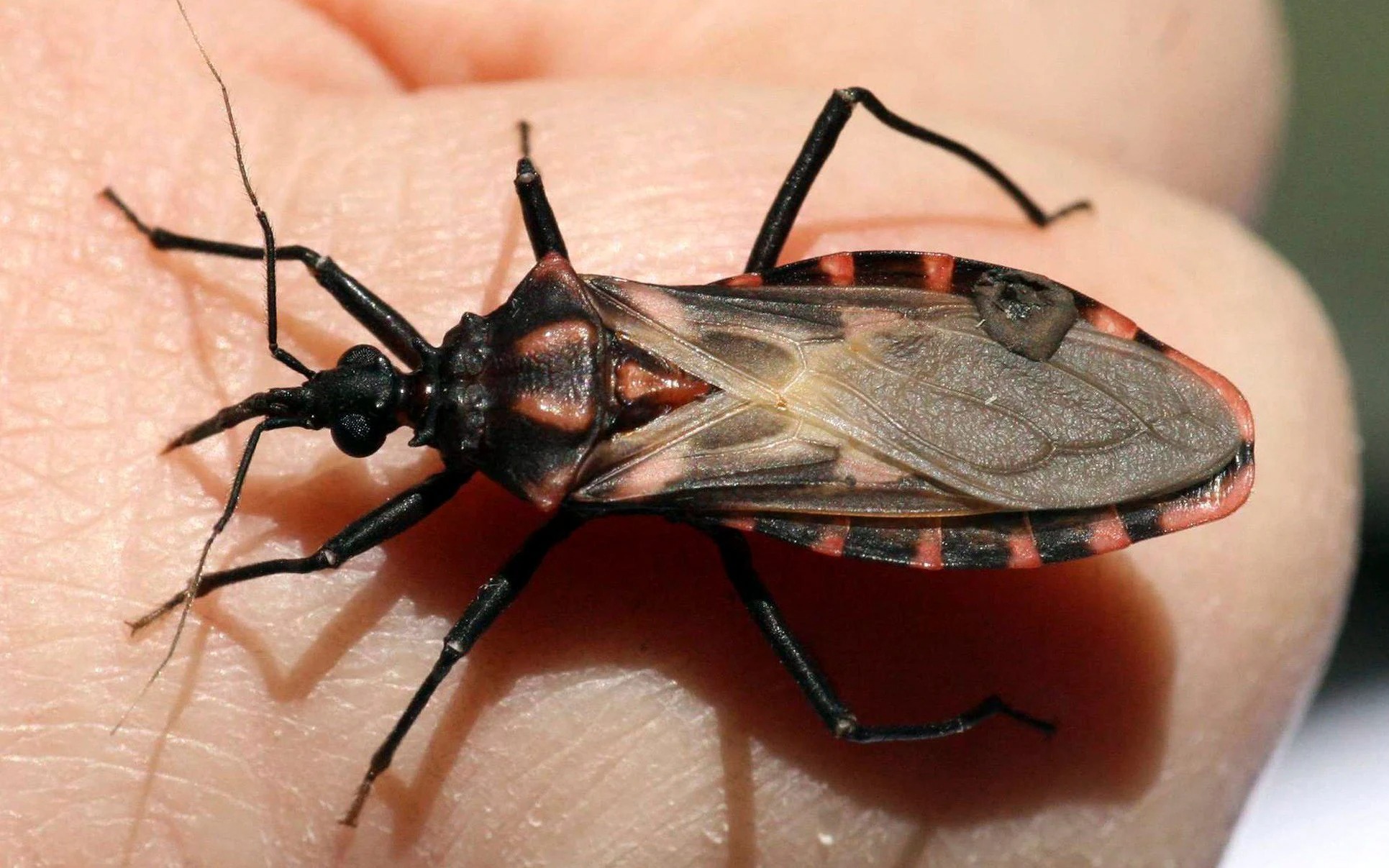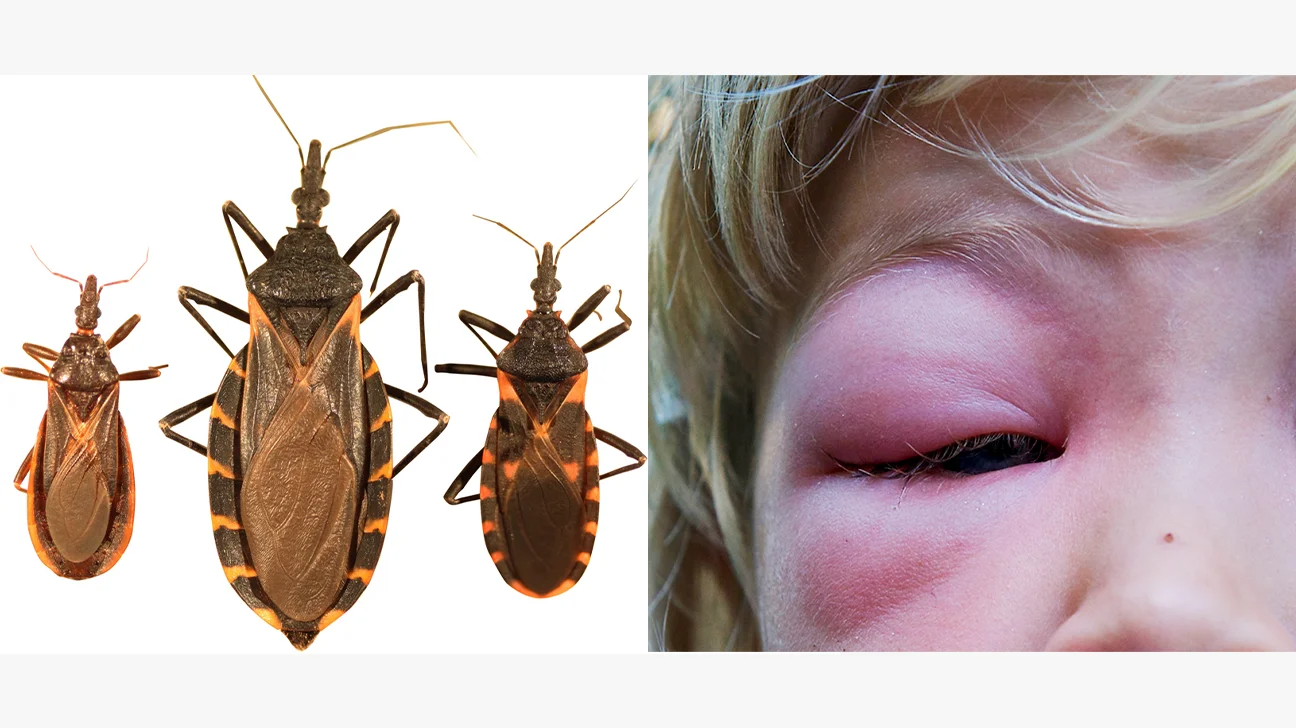Summertime brings sunshine and warmth, but it also invites various pests, including ticks, mosquitoes, and increasingly, kissing bugs. Though not widely known, kissing bugs are becoming more common, and their bites can pose serious health risks. Understanding these insects can help us take precautions against potential harm.
What Are Kissing Bugs?

Kissing bugs, scientifically known as triatomines, are nocturnal insects that feed on the blood of humans and animals. They hide during the day and become active at night, often biting people while they sleep. Their saliva contains a numbing agent, making bites painless and unnoticed.
These bugs are attracted to carbon dioxide exhaled by humans, which is why they tend to bite around the mouth and eyes, leaving clusters of bites on the face. They typically live in wooded areas and nests of rodents and birds but can enter homes through small openings like cracks or torn screens.
Kissing bugs are a major concern in South and Central America, as well as Mexico. According to the Centers for Disease Control and Prevention (CDC), approximately 8 million people in these regions have Chagas disease, which is linked to these bugs. Cases in the southern United States are also increasing.
How to Identify Kissing Bugs

Kissing bugs can be mistaken for other insects, but they have some distinctive features:
- Long, oval-shaped body with six legs
- Thin, cone-shaped head with long antennae
- Light brown to black body with yellow, red, or tan markings
- About the size of a penny (1 inch in length)
Symptoms of a Kissing Bug Bite
Kissing bug bites resemble those of other insects. Some people may not notice the bites, while others might see clusters of small bites around the mouth and eyes.
In some cases, people may have allergic reactions, experiencing itching, swelling, and redness around the bites. Antihistamines can help alleviate these symptoms. Severe allergic reactions may cause welts, hives, or, in rare cases, anaphylactic shock, which requires immediate medical attention.
Risks Associated with Kissing Bugs
The primary risk from kissing bug bites is Chagas disease, caused by the Trypanosoma cruzi parasite found in the bugs’ feces. Not all kissing bugs carry the parasite, but in some areas, up to 60% of them do. However, infection only occurs if parasite-laden feces enter an open wound or mucous membrane, such as when a person touches their eyes or mouth with contaminated hands.

Understanding Chagas Disease
Chagas disease has two phases:
Acute Phase: This occurs in the first few weeks after infection. Many people show no symptoms, but those who do may experience flu-like symptoms, including:
- Body aches
- Chills
- Fever
- Rash
- Swollen lymph nodes
- Loss of appetite
- Diarrhea
- Vomiting
Some children may develop swelling around the eye (Romaña’s sign), a key indicator of the disease.
Chronic Phase: Once the acute phase ends, symptoms improve, but the infection remains in the body. This stage can be dangerous as it has no cure. Though many people remain symptom-free, 20-30% may develop severe cardiac or gastrointestinal complications years later, such as:
- Enlarged heart
- Irregular heart rhythms
- Thinning of the colon or esophagus
Treating Chagas disease in the acute phase is the only way to prevent these long-term complications.

Treatment Options
If detected early, Chagas disease can be treated with antiparasitic medications such as nifurtimox or benznidazole. These drugs are not widely available in the U.S., but doctors can obtain them for patients. There is no treatment for chronic Chagas disease, making early diagnosis critical.
How to Prevent and Get Rid of Kissing Bugs
Preventing infestations involves eliminating entry points and using appropriate pest control methods:
- Install and repair window and door screens
- Seal cracks and gaps in walls, floors, and windows
- Remove brush, fallen branches, and rock piles near the house
- Turn off outdoor lights at night to avoid attracting bugs
- Use chemically treated bed nets and curtains
- Avoid crushing bugs, as this may spread the parasite; instead, place them in a sealed container with rubbing alcohol or freeze them
- Clean surfaces with rubbing alcohol or bleach solution after contact with a bug

When to See a Doctor
While not all kissing bug bites lead to serious infections, it is essential to take precautions. See a doctor if:
- You live in the southern U.S., Mexico, or Central America and notice clustered bites on your face
- You experience a severe allergic reaction to a bite
- You have flu-like symptoms after being bitten
- You suspect an infestation in your home
Summary
Kissing bugs are becoming more common and can pose health risks, particularly due to their potential to transmit Chagas disease. While not every kissing bug carries the parasite, and not all bites result in infection, it is important to be aware of the risks and take preventive measures. If you experience symptoms or notice an infestation, seeking medical attention and pest control services is advised.
Source: medicalnewstoday.com
